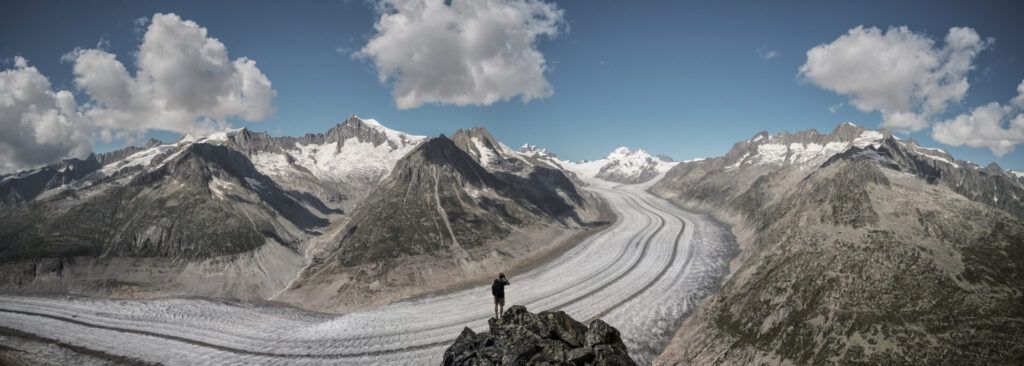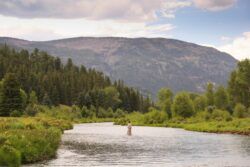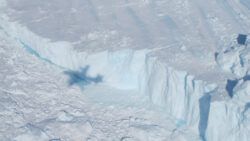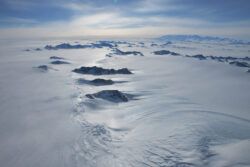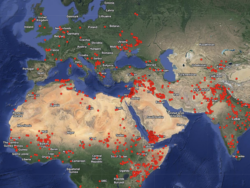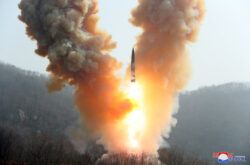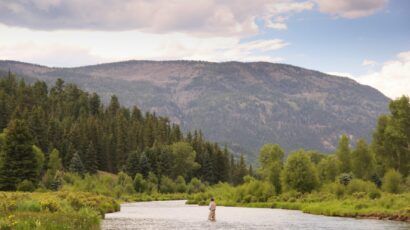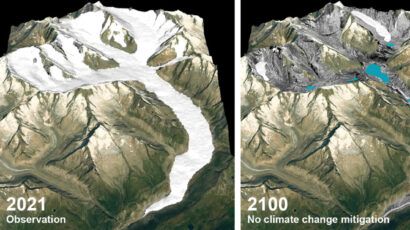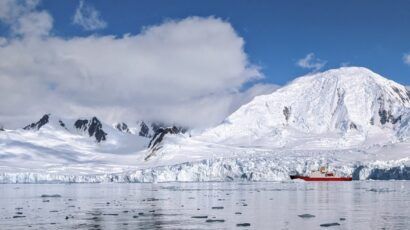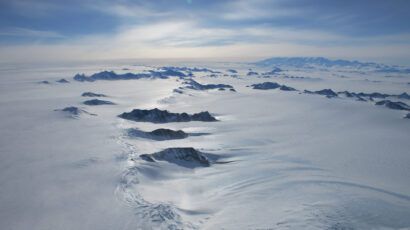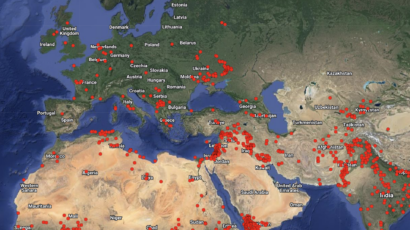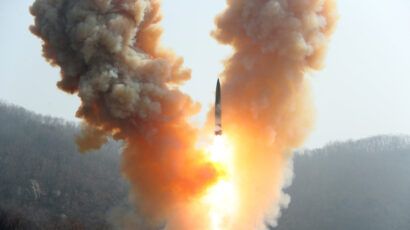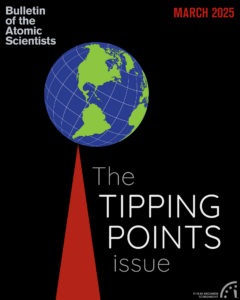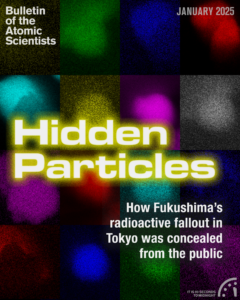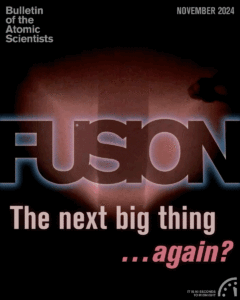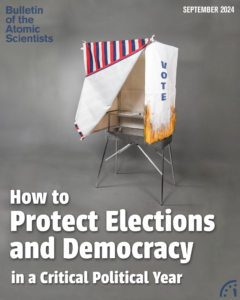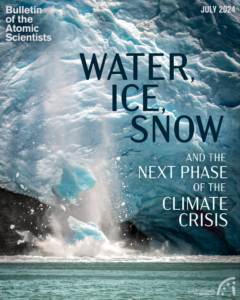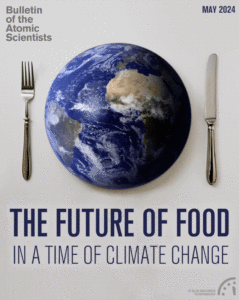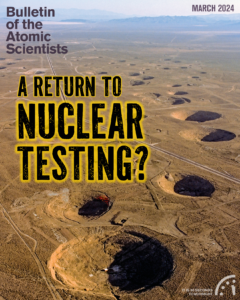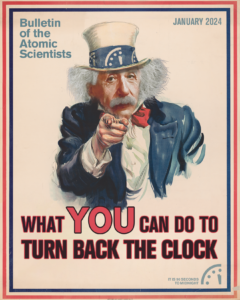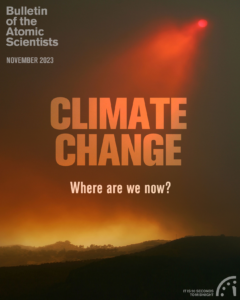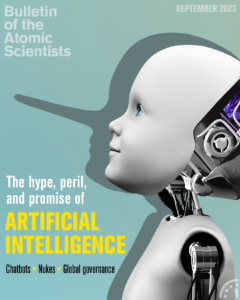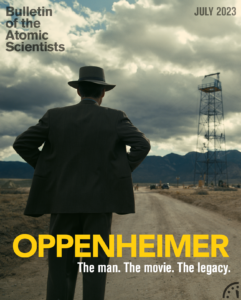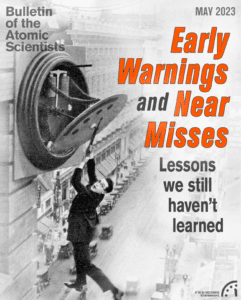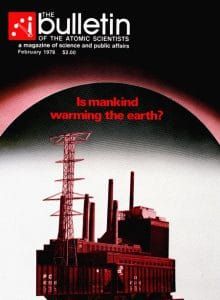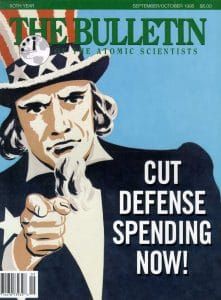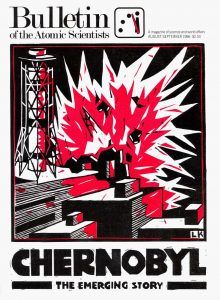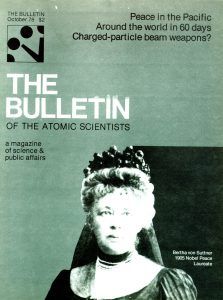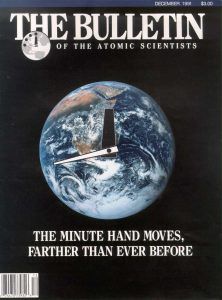DIGITAL MAGAZINE
July 2024
DIGITAL MAGAZINE
July 2024
July 2024
Introduction: Praying for the ice (and snow, and water) as the climate changes
As the planet warms up, glaciers melt, springs run dry, and brooks evaporate. Plants, animals, and human beings face grave danger. But it is not too late to act.
Peak water in an era of climate change
Understanding the concept of “peak water” and the strategies behind it is key to moving toward a more efficient and sustainable water future.
Figuring out the most realistic projections for sea-level rise: Interview with glaciologist Rob DeConto
A glaciologist explains why there is “deep uncertainty” about the predictions for sea-level rise by the end of this century—which may be much higher than commonly accepted.
The Alps’ iconic glaciers are melting, but there’s still time to save (most of) the biggest
Glaciers are the ambassadors of climate change, and their worldwide decline is already having serious impacts on natural hazards, the water cycle, and sea level rise.
“H is For Hope” sounded a bit better than “D is For Despair”: Interview with Elizabeth Kolbert about climate change
Elizabeth Kolbert explains why there is still reason for optimism in the fight against climate change—even if time is short and the odds can seem overwhelming.
When glaciers calve: Huge underwater tsunamis found at edge of Antarctica, likely affecting ice melt
Scientists recently discovered when the fronts of glaciers “calve” huge chunks of ice into the ocean, the underwater tsunamis that result can spread for miles and cause strong bursts of mixing of the different layer of warm and cold ocean water. This surprising finding is changing the way we think about mixing close to Antarctica, what causes it, and how it matters.
How we know Antarctica is rapidly losing more ice
Satellite observations and geophysical surveys of the flow and form of Antarctica's giant ice sheet point to a continent being changed irreversibly by fossil-fuel burning.
4,000 years of conflict over water: a timeline
Water can be a trigger of conflict, a casualty of conflict, or a weapon of conflict. In modern times, water-related conflicts are increasing.
North Korean nuclear weapons, 2024
North Korea continues to modernize and grow its nuclear weapons arsenal. We estimate that North Korea may have produced enough fissile material for up to 90 nuclear warheads, but has likely assembled around 50.
Peak water in an era of climate change
Understanding the concept of “peak water” and the strategies behind it is key to moving toward a more efficient and sustainable water future.
Figuring out the most realistic projections for sea-level rise: Interview with glaciologist Rob DeConto
A glaciologist explains why there is “deep uncertainty” about the predictions for sea-level rise by the end of this century—which may be much higher than commonly accepted.
The Alps’ iconic glaciers are melting, but there’s still time to save (most of) the biggest
Glaciers are the ambassadors of climate change, and their worldwide decline is already having serious impacts on natural hazards, the water cycle, and sea level rise.
“H is For Hope” sounded a bit better than “D is For Despair”: Interview with Elizabeth Kolbert about climate change
Elizabeth Kolbert explains why there is still reason for optimism in the fight against climate change—even if time is short and the odds can seem overwhelming.
When glaciers calve: Huge underwater tsunamis found at edge of Antarctica, likely affecting ice melt
Scientists recently discovered when the fronts of glaciers “calve” huge chunks of ice into the ocean, the underwater tsunamis that result can spread for miles and cause strong bursts of mixing of the different layer of warm and cold ocean water. This surprising finding is changing the way we think about mixing close to Antarctica, what causes it, and how it matters.
How we know Antarctica is rapidly losing more ice
Satellite observations and geophysical surveys of the flow and form of Antarctica's giant ice sheet point to a continent being changed irreversibly by fossil-fuel burning.
4,000 years of conflict over water: a timeline
Water can be a trigger of conflict, a casualty of conflict, or a weapon of conflict. In modern times, water-related conflicts are increasing.
North Korean nuclear weapons, 2024
North Korea continues to modernize and grow its nuclear weapons arsenal. We estimate that North Korea may have produced enough fissile material for up to 90 nuclear warheads, but has likely assembled around 50.
July 2024
Subscribe now
We've relaunched the Bulletin's award-winning digital magazine. Get access to every issue and our archive going back to 1945.
Magazine archive
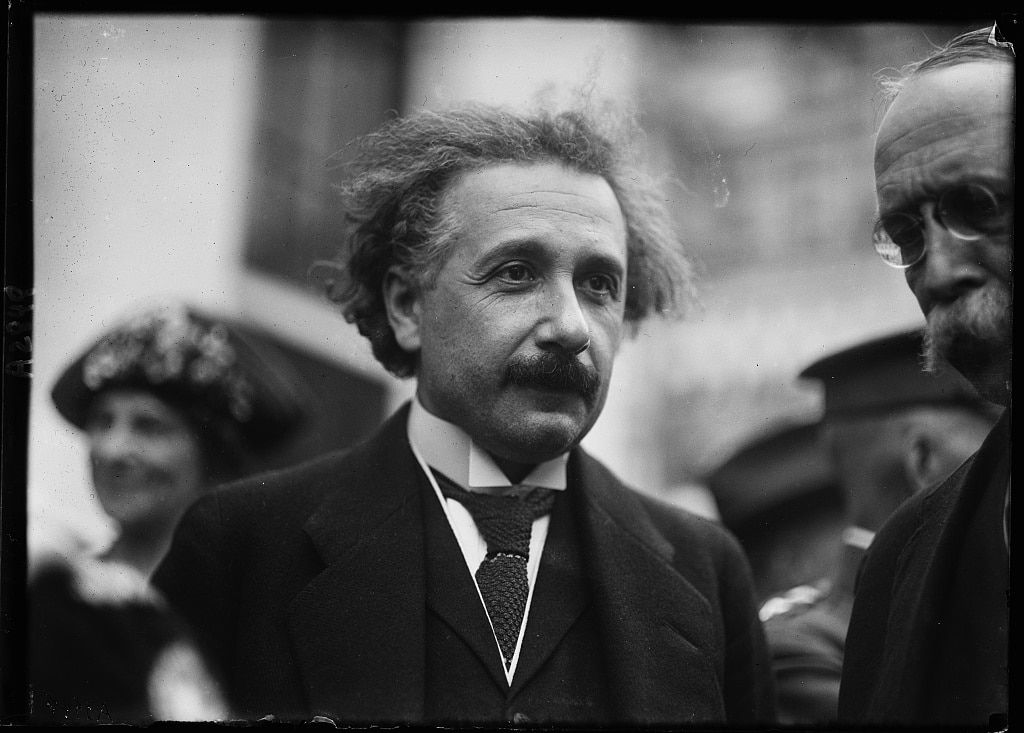
Premium subscribers can read the complete Bulletin of the Atomic Scientists’ archive, which contains every article published since our founding in 1945.
This archive was created in honor of John A. Simpson, one of the Bulletin’s principal founders and a longtime member of its Board of Sponsors. This searchable archive provides exclusive online access to original interviews and commentary by luminaries like Albert Einstein, J. Robert Oppenheimer, Ruth Adams, John F. Kennedy, Stephen Hawking, Christine Todd Whitman, US Secretary of Defense William J. Perry, and multiple Nobel laureates.

